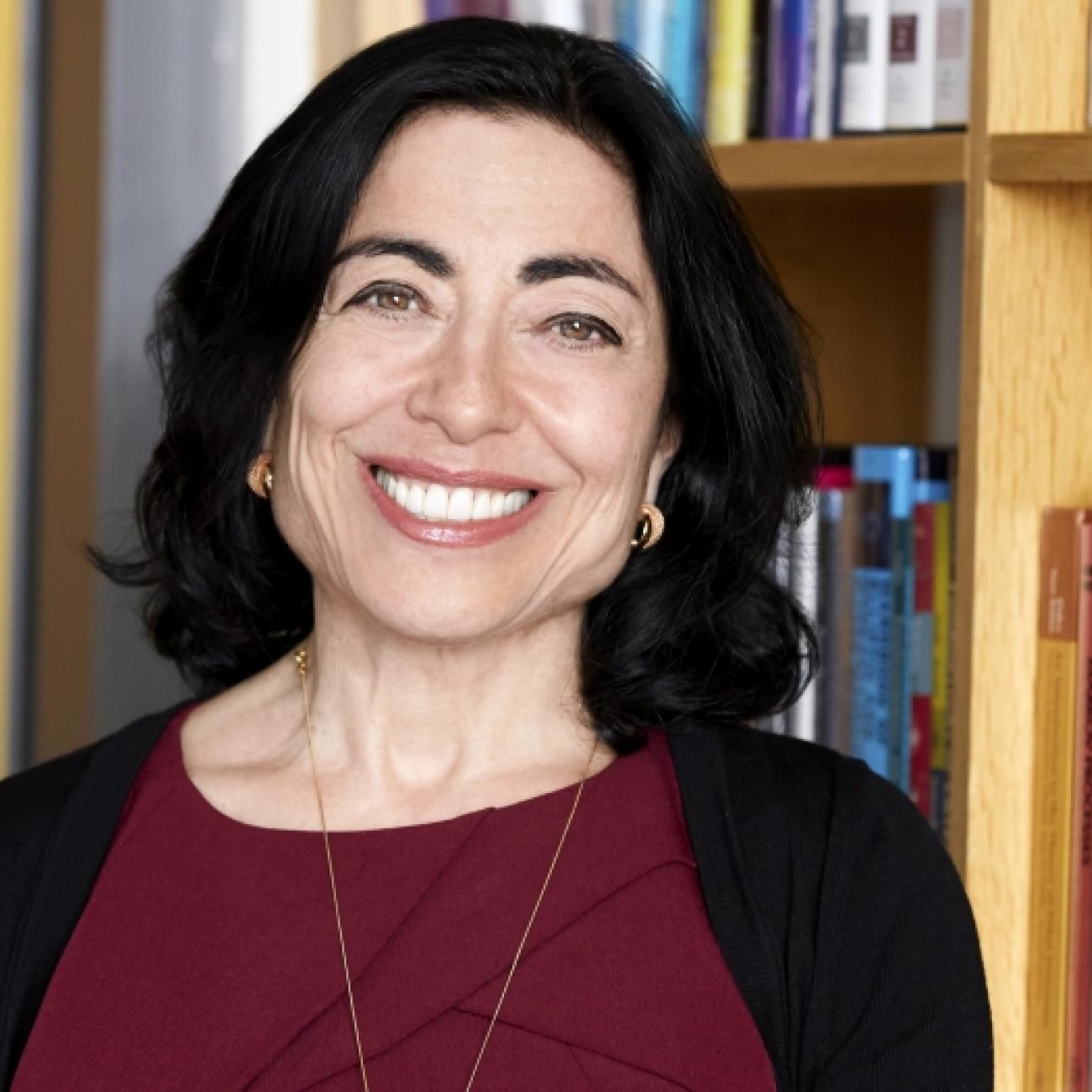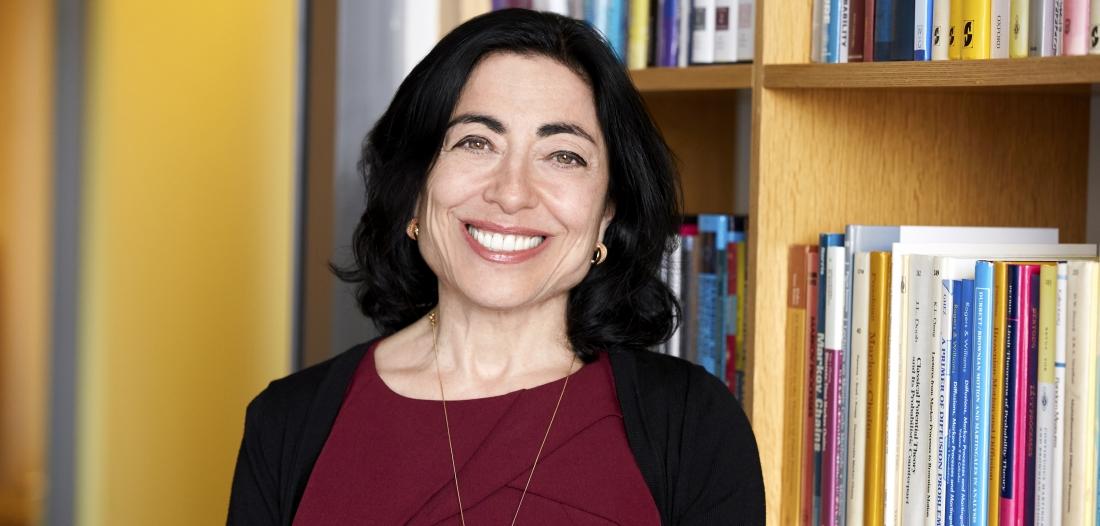
When Jennifer Chayes worked towards her doctorate in physics in the 1980’s, she was the only female PhD student in a Princeton University department made up of an entirely male faculty. There were just a handful of women role models in the field at that time.
Today, Chayes leads UC Berkeley’s Division of Computing, Data Science, and Society (CDSS), which is on the path to becoming the first new college at Berkeley in more than 50 years. Many of CDSS’ leaders are women.
“It's incredibly gratifying that there are enough women in these fields that we now have a large group of women leaders,” said Chayes, CDSS’ associate provost and the School of Information’s dean. “Young women who have the aptitude and affinity for STEM can look up and see a path for themselves.”
Chayes early experience represents a broader problem in science, engineering, math and technology (STEM). Even today, women make up 48% of the country's workforce, but only 34% of U.S. STEM workers and just 26% of computer and mathematical scientists, according to a federal report. Studies show gender stereotypes, male-dominated cultures and lack of representation are among the many causes.
This inequity is harmful. Women face an uphill battle to access these high-paying, in-demand jobs and then have to fight for pay equity once they’re on board. Lack of diversity on technology teams can lead to biased data, algorithms and products that serve fewer people and harm the public.
At CDSS, women aren’t just participating in STEM. They’re leading. And they’re among many women at Berkeley working to change practices in STEM to make it easier for young women to find a sense of belonging, representation and success.
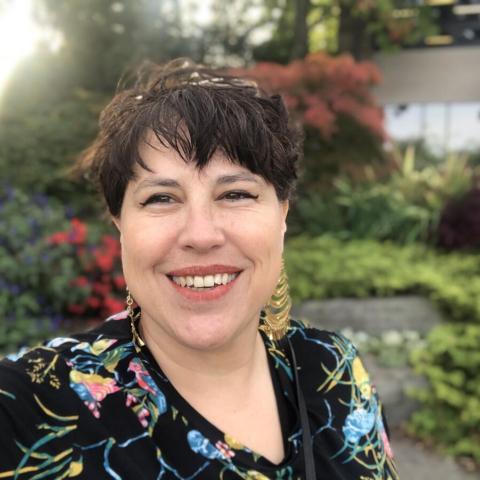
“We are creating a culture where what it means to be a woman in STEM is that you are unapologetic about your own research and your own work because you take pride in it – because you are setting yourself up as a role model for others and lifting other women up,” said Claudia von Vacano, executive director of the D-Lab. “That is truly what’s important.”
Finding Inspiration and Community
There’s no one way for women to find their way into science. Maya Petersen, the Berkeley director of Berkeley and UC San Francisco’s joint Computational Precision Health program, was inspired by her parents and enthralled by mini-science experiments she conducted with her family.
Marti Hearst, the School of Information’s head of school, enjoyed a high school chemistry class with a female science teacher. Later, she ironically discovered computer science, when avoiding a math class. And von Vacano benefited from technology as a second-language learner, becoming “more conversant with American culture and English as a language” because of it. That energized her to do the same for others and work within the field.
Supportive men played a major role in helping these leaders find their place in STEM. While von Vacano found a community of women and men while creating the D-Lab who supported her early in her STEM journey, others like Chayes primarily found their early mentorship in men.
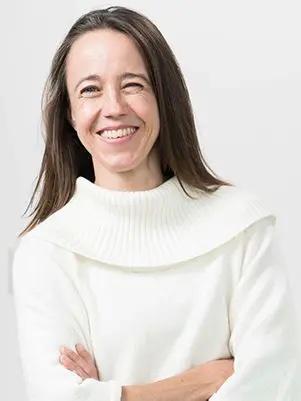
Petersen pointed to male mentors like her doctoral advisors, who guided, invested and believed in her. Hearst found support among classmates and received three of her most crucial promotions from three “very tall men.”
Many found supportive female STEM mentors and communities later on. Learning from each other was essential, Petersen said, especially as she began to notice gender-based barriers and power dynamics for women leaders towards the middle of her career.
“[The barriers] had always been there, but until mid-career I had blinders on,” said Petersen. “As the blinders fell off, and I started to see more clearly all of the ways that gender-based power dynamics play out, it was invaluable to have [my mentor’s] insights, experience and support.”
Challenges and Opportunities
Women still face significant challenges in STEM today, these leaders said. There are pay disparities, social hierarchies that give women less access to power in STEM in higher education, and loaded decisions about whether to have a family and how that will affect their career, Petersen said.
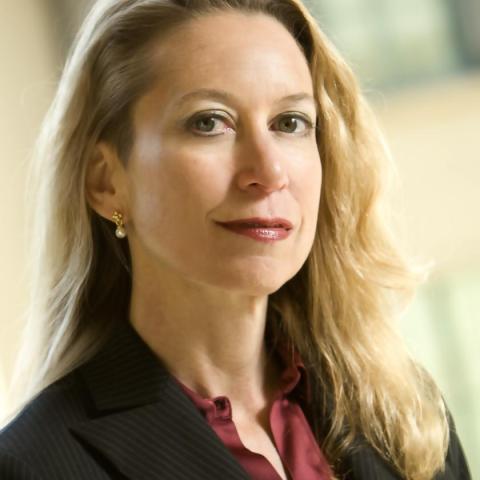
There are also more responsibilities for female leaders in STEM, Chayes said.
“Because there are still too few of us, most of us spend a great deal of time mentoring others and leading the way, in addition to doing our research and teaching,” she said.
Achievements like the gender make-up of CDSS leaders are signs of progress, these Berkeley women said. But there’s still more to do – and not just for women in STEM. Even today, men are crucial allies and mentors, they said.
Being an ally – regardless of gender – can mean building supportive communities and spaces where women are encouraged to belong and lead, von Vacano said. It can mean looking for what makes that woman a brilliant scientist, academic or other STEM professional – not just what’s typically encouraged in the field, Petersen said.
Among other steps, it can mean discussing their own experiences. For Hearst, that has meant sharing details from her own journey and struggles with imposter syndrome, as well as why she loves computing, with the next generation of women in STEM.
“I am inspired by how women are doing in many fields today – biological sciences, sports, and politics,” said Hearst. “It shows that when the barriers are removed, women can excel."

